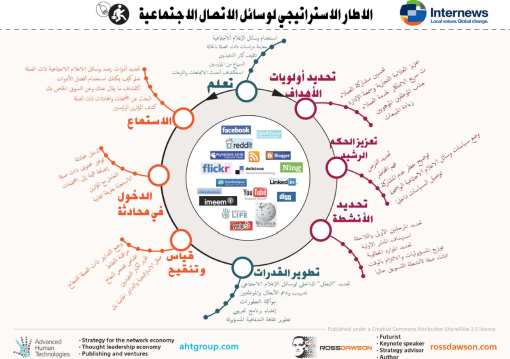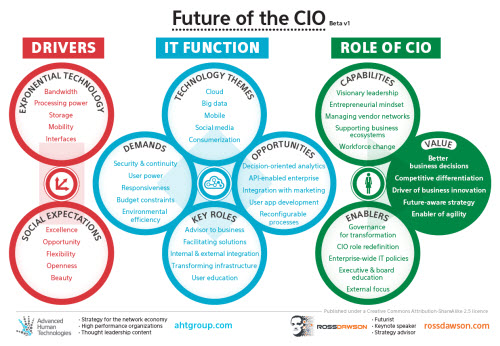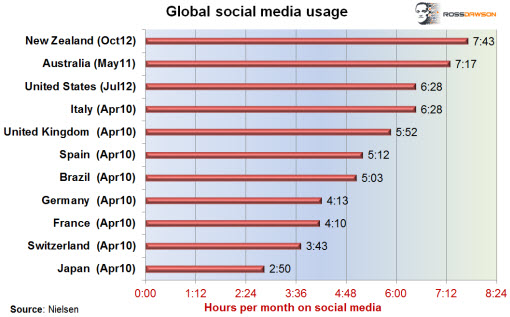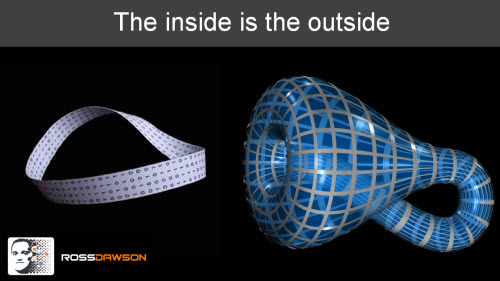Four lessons learned from 12 years of blogging
It is 12 years since I started this Trends in the Living Networks blog to accompany the launch of my book Living Networks. It is interesting to look at my posts from October 2002, in which I reflected on some of the earlier signs of the networks coming to life.
The original blog was on the book website, but a couple of years later I moved it to this domain, rossdawsonblog.com. At the time I put quite a lot of consideration into whether that was a good name, given that ‘blog’ was a neologism that might fade or be replaced.
The concept of a blog is now firmly mainstream, with not just tens of millions of people and many companies blogging, but a significant chunk of mainstream media having shifted to blog-like formats.
I still spot many articles about how to get attention to your new blog, and many people still seem to be setting up blogs (though of course many are also abandoning them after having tried for a while).
So what are some of the things I have learned from 12 years of blogging?
Read more →





